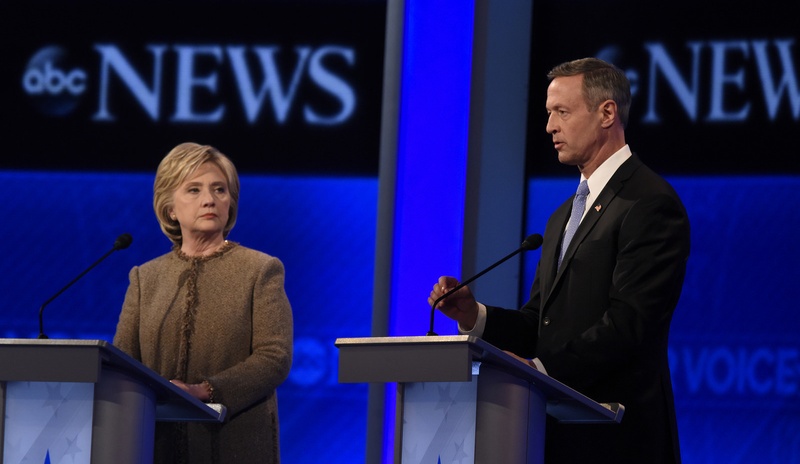Why did only 1 presidential candidate take public financing?

Last week, the Federal Election Commission announced that Democratic presidential candidate Martin O’Malley would take $846,365 in federal matching funds for the primary. What that signifies has changed a lot in the past few years, especially since outside spending and super PACs have come to dominate the political money race.
In the past, White House hopefuls used the public financing system almost universally (at least in general elections), because until a few years ago it was a pretty good deal for presidential candidates. Essentially, if a candidate raises $100,000 for the primary, including at least $5,000 in small donations from at least 20 states, they’re eligible for millions of dollars in public funds to match donations they receive. This money comes from a small box taxpayers can check on their tax returns that allocates $3 to the public financing fund.
With this money, though, comes a spending limit. In 2012, candidates receiving public funds for a presidential primary were limited to spending $45 million total. The amount they can spend is limited in each state by the voting age population, meaning spending in Iowa and New Hampshire — crucial primary states — is very limited. In general elections, major party candidates can receive grants of significantly higher amounts, but aren’t able to take or spend any other private contributions, except $50,000 of their own money; in 2012, the maximum they could receive in public funds was $94 million.
That’s why almost all major-party candidates now reject public funding: They can raise and spend a lot more money by themselves. In 2008, Barack Obama was the first major party candidate to reject the general election matching funds, saying the public financing system was “broken” and blaming Republican groups like 527s, “who will spend millions and millions of dollars in unlimited donations.” And remember, that was before the Citizens United decision, which unleashed a whole new flood of outside spending. For example, the pro-Jeb Bush super PAC Right to Rise USA has spent $63 million alone, more than the entire 2012 spending limit for the primary.
Now, almost no major-party candidates take public financing because the amount they need to raise to compete goes far beyond what the public system provides; the $94 million available to candidates in 2012 paled in comparison to the $775 million spent by just the Obama campaign. In 2012, no major party candidate took public financing. The proportion of taxpayers who contribute to the public financing fund has also dropped significantly: from 27.5 percent in 1976 to just 6 percent in 2013, even though it comes at no additional cost to the taxpayer.
So while taking public financing was once a sign that a candidate was a serious player, or at least had a broad base of support in a number of states, it’s now an indication that a candidate can’t hope to compete financially.

